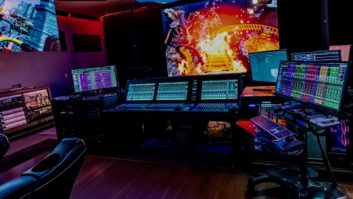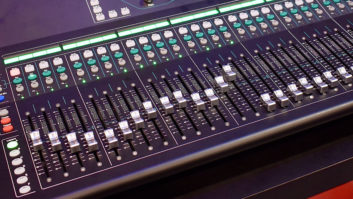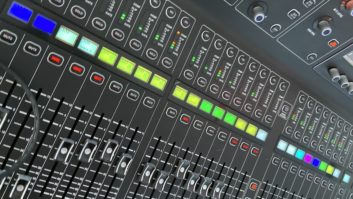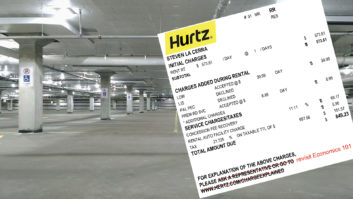Each month Mix covers live sound equipment and applications, usually from the FOH or monitor engineer’s perspective. But for this issue, which is distributed at the NAMM show in Anaheim, we focus on the aspects of sound reinforcement technology that most affect musicians. To that end, we lead the section with Mark Frink’s comprehensive article on in-ear monitors.
In-ear monitors, or IEMs, have brought about the first significant change in the performing environment since the development of quality wireless systems. Singers can now hear exactly the same mix, regardless of where they roam on- (and off) stage; if the whole band is on “ears,” then FOH and monitor engineers need not struggle with amps leaking into open vocal and drum mics. And, because of the control, absence of feedback and potential for lower listening levels, IEMs can help preserve musicians’ precious hearing.
But IEMs are not a complete panacea. As licensed audiologist and Sensaphonics president Michael Santucci notes, in-ear monitors are just as capable of damaging hearing as are traditional floor monitors. “There is an industry misconception that in-ear monitors, like earplugs, are hearing protectors by design,” he says. “They can be used as a tool for hearing preservation – but only if used properly. Some in-ear monitors can reach levels of 125 dB to 140 dB! No one is going to protect their hearing at those levels, even for short exposure periods.” As Santucci explains, one must refer to the tables developed by OSHA to determine safe exposure times and SPL levels. The longer the show or rehearsal, the lower the output of the in-ear monitor must be. Currently, the only method to measure these levels is with an in-ear probe microphone, typically only available to an audiologist.
Because IEMs, if improperly used, can exacerbate the risks to a musician’s or sound engineer’s hearing, we have rounded up a number of articles on hearing. Bob McCarthy writes humorously of his trip to the audiologist with his 85-year-old father-in-law. Audiologist Lisa Tannenbaum contributes a piece on protecting and monitoring your hearing health. And more information can be gleaned from the literature and Web sites of hearing education organizations H.E.A.R. and the House Ear Institute. Remember, hearing is priceless.







